Types of highlights: Choose the best for your hair
Discover the types of highlights and choose the ones that go best with your type of hair. Balayage, babylights, classical... Bring more gloss and luminosity to your face with the latest colouring trends.

What type of highlights go best with your hair?
Classical
These are the highlights that have been around for ever, those that are done using aluminium foil all over the hair, so the colour lightening is even. The big difference with current trends is that they are applied from the roots, so touch-ups will have to be more frequent if we want to avoid a very marked root.
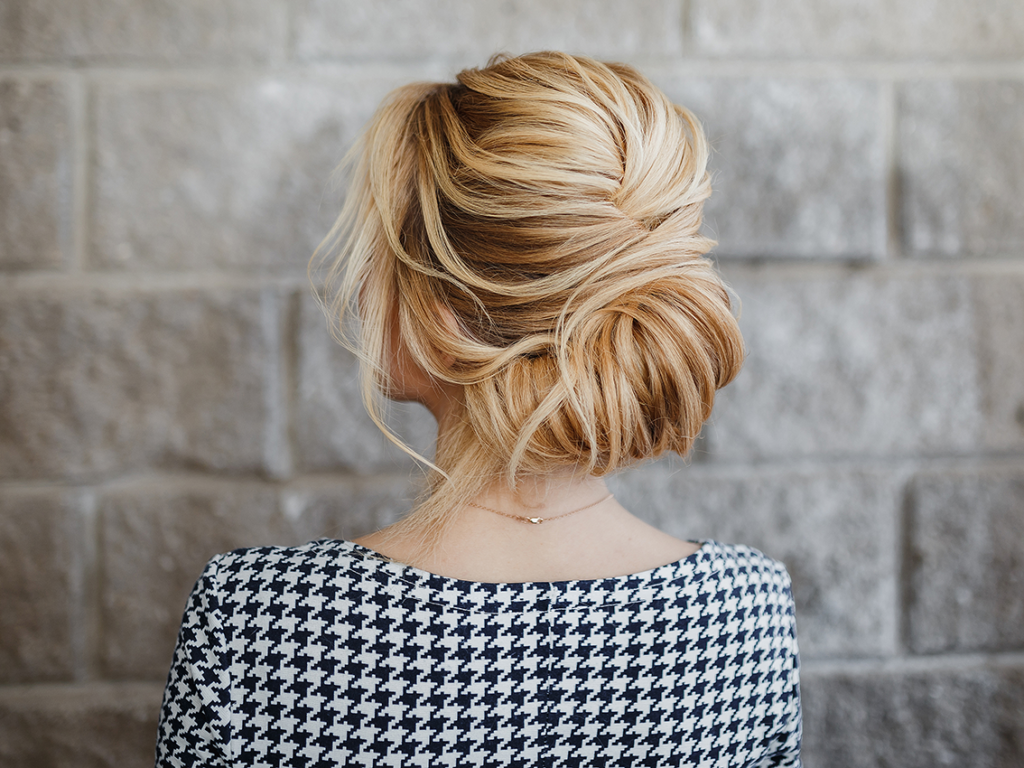
Californian
Their name comes from the sun-bleached hair of Californian beaches, with hair that is bleached from mid-section to tips. To achieve this effect, the natural dark tone is maintained throughout the hair except for the tips, which are lightened, thus generating a contrast. The effect favours both dull blonde hair and brunettes, and requires minimal maintenance.
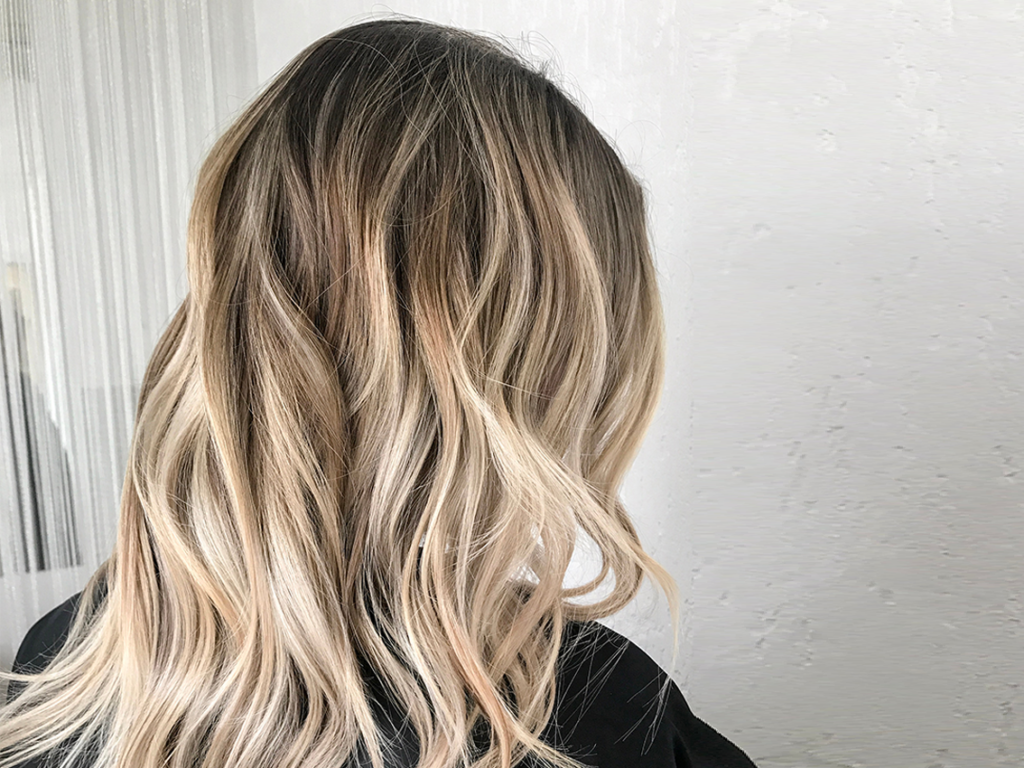
Balayage
The most desired highlights of the last 3 years are the next step to the Californian highlights. The technique of 'balayage' ('sweeping' in French) achieves locks of hair with a colour gradient going from dark to light, starting with any colour, which brings luminosity and movement to the hair. The dye is not applied right from the roots to ensure a more progressive integration into the hair, and avoid the dark-roots effect when the hair grows. The result is a personalised colouring that illuminates the face with a slight gradient effect towards the tips.
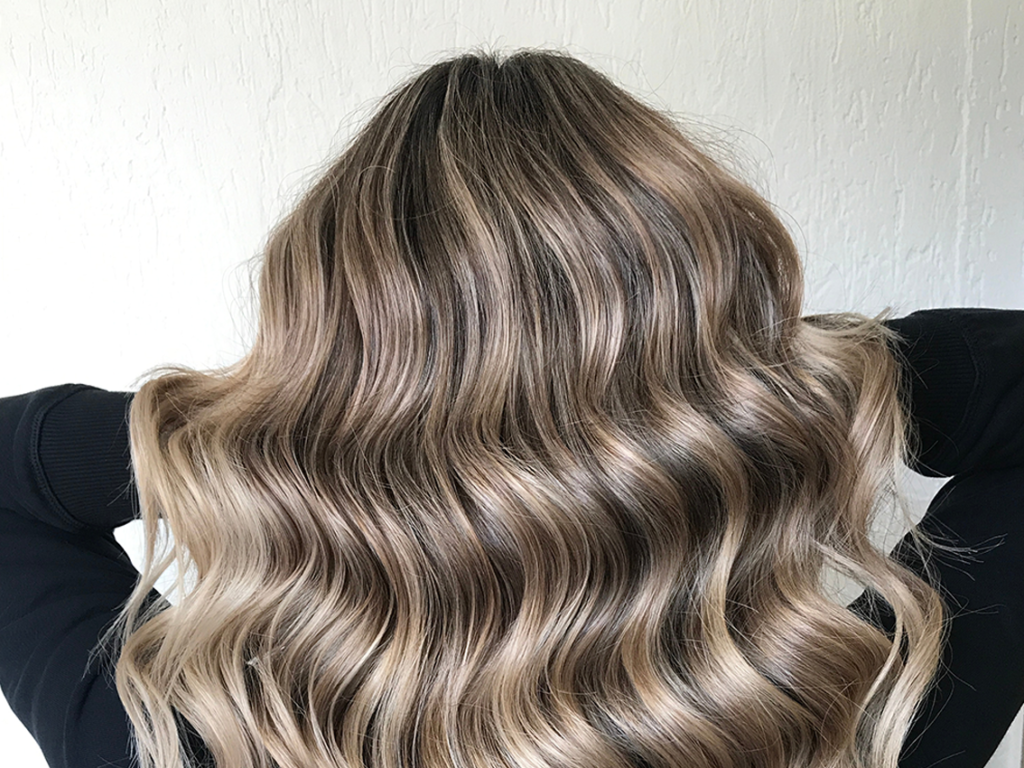
Babylights
They differ from the other techniques because the colouring is done with fine and subtle highlights that recreate the effect of the sun illuminating our hair. They are perfect if you only want to lighten your hair slightly. The key is the number of strands and their minimum thickness. They should be very diffused at the roots to achieve a very natural effect. They can be applied in a single shade or combining several for a luminous and integrated finish.
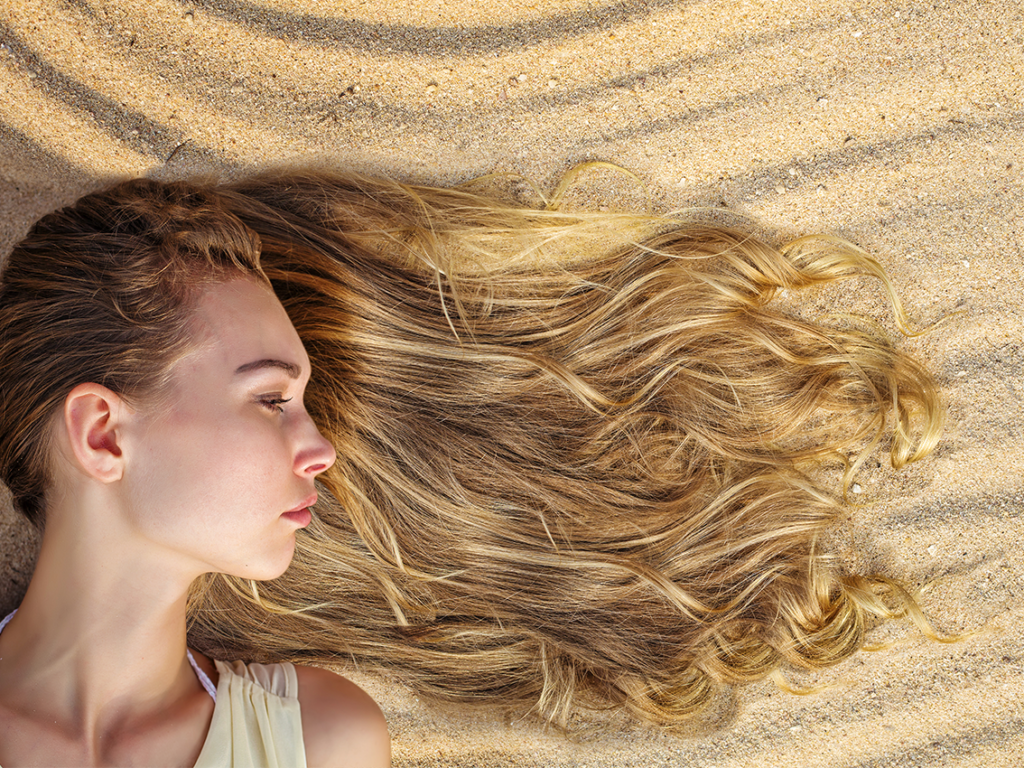
Ombré
Ombré highlights are the most gradient ones par excellence. The system consists of darkening the roots (if they are not already dark) and progressively lightening the hair towards the tips. This involves colouring all the hair to achieve a real contrast between the roots and the tips, with an intermediate shade (or two, depending on the length of the hair). The big difference with Californian highlights is that there is no marked contrast between the hair tones, but rather, the effect is progressive.
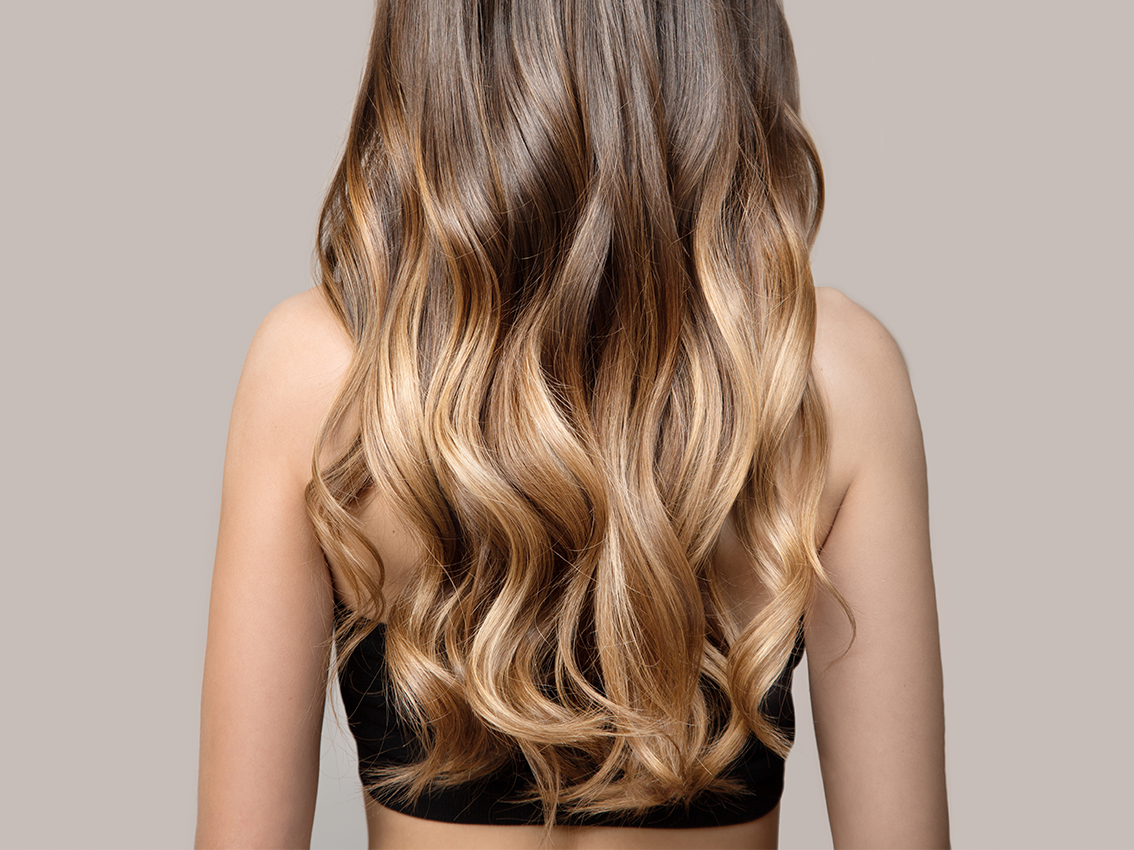
Hair contouring
Contouring, the famous make-up technique, has also reached the hairdresser's. The process consists of highlighting certain features using hair colour. The tone is adapted and chosen according to each person’s face and natural tone, so if it’s done well it does not need constant maintenance as the colour blends with your base. Darker shades help to shorten or refine the face.
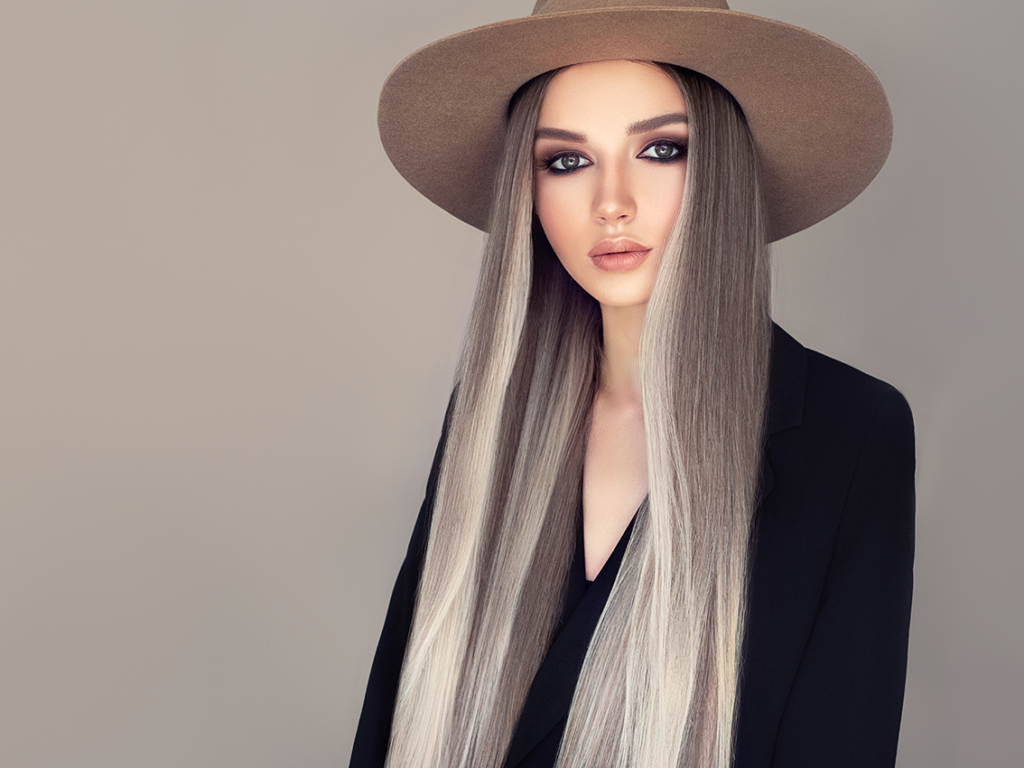
Shatush
These are the most recent and seem to be here to stay. Shatush highlights are done on backcombed hair so only part of the hair is dyed, achieving a very natural blended effect.
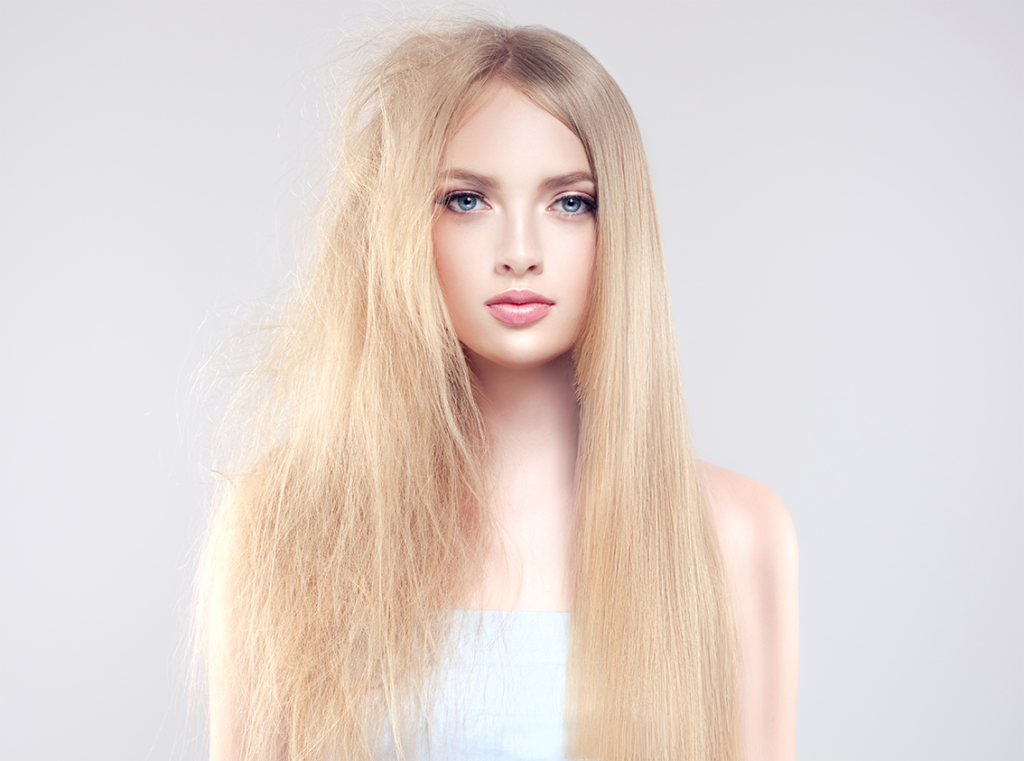
How to look after highlights
Looking after hair with highlights does not end after applying them, it is necessary to continue maintaining and protecting their colour at home with constancy and special treatment. The ideal way is to wash and condition with specific products for dyed hair. These products are very moisturising, and prevent the dryness usually caused by dying hair, and they have components that protect and fix the hues.
What do you think about?
Share comments, opinions and tricks with the Community







